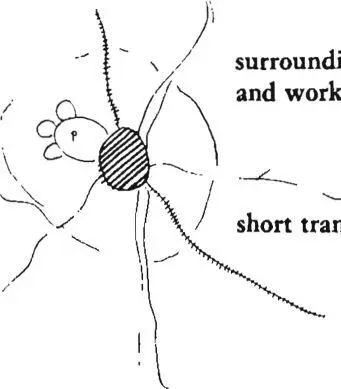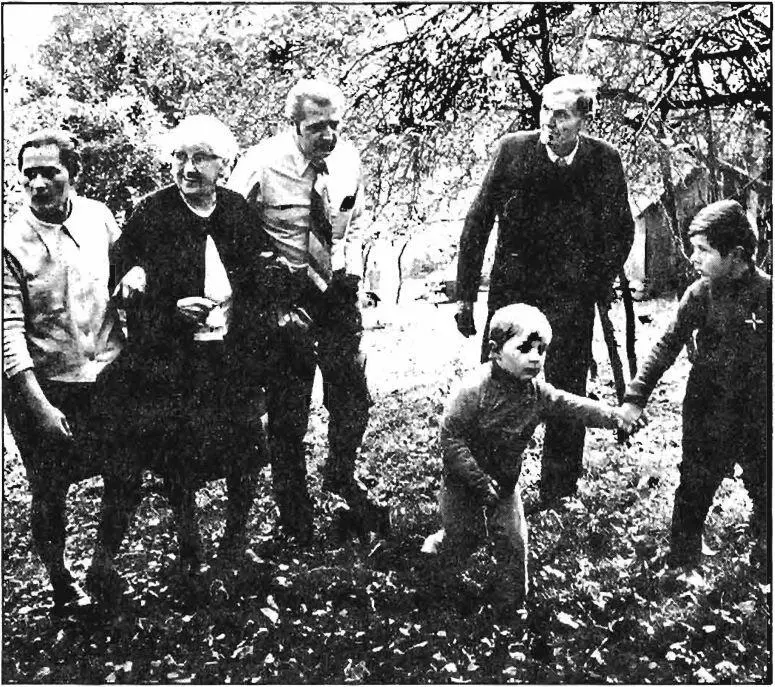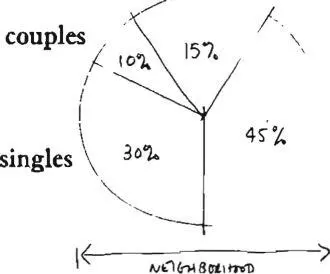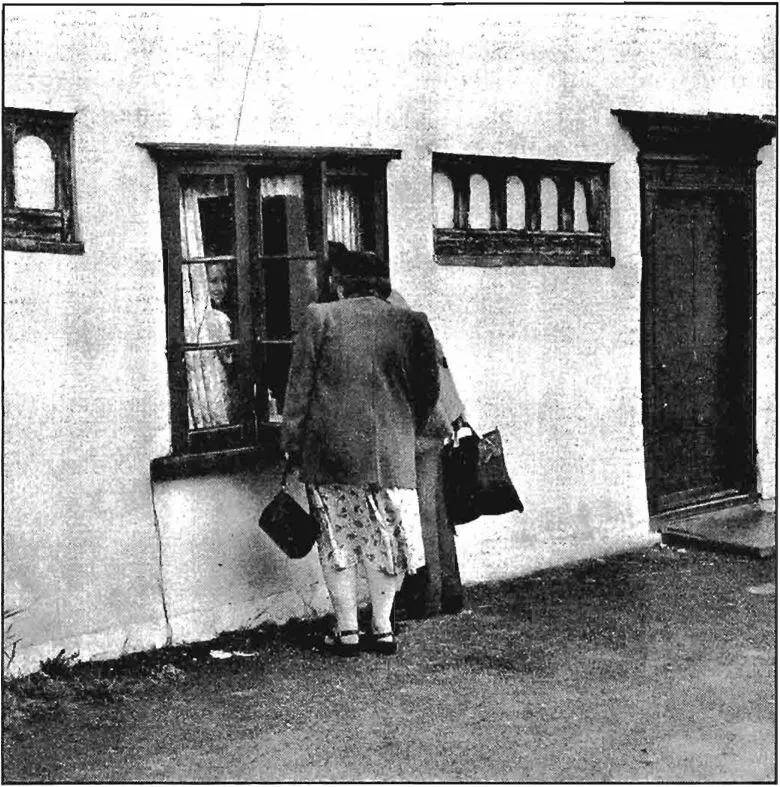Christopher alexander - A pattern language
Здесь есть возможность читать онлайн «Christopher alexander - A pattern language» весь текст электронной книги совершенно бесплатно (целиком полную версию без сокращений). В некоторых случаях можно слушать аудио, скачать через торрент в формате fb2 и присутствует краткое содержание. Жанр: Прочая научная литература, на английском языке. Описание произведения, (предисловие) а так же отзывы посетителей доступны на портале библиотеки ЛибКат.
- Название:A pattern language
- Автор:
- Жанр:
- Год:неизвестен
- ISBN:нет данных
- Рейтинг книги:3 / 5. Голосов: 1
-
Избранное:Добавить в избранное
- Отзывы:
-
Ваша оценка:
- 60
- 1
- 2
- 3
- 4
- 5
A pattern language: краткое содержание, описание и аннотация
Предлагаем к чтению аннотацию, описание, краткое содержание или предисловие (зависит от того, что написал сам автор книги «A pattern language»). Если вы не нашли необходимую информацию о книге — напишите в комментариях, мы постараемся отыскать её.
A pattern language — читать онлайн бесплатно полную книгу (весь текст) целиком
Ниже представлен текст книги, разбитый по страницам. Система сохранения места последней прочитанной страницы, позволяет с удобством читать онлайн бесплатно книгу «A pattern language», без необходимости каждый раз заново искать на чём Вы остановились. Поставьте закладку, и сможете в любой момент перейти на страницу, на которой закончили чтение.
Интервал:
Закладка:
| 67. | COMMON LAND |
| 68. | CONNECTED PLAY |
| 69. | PUBLIC OUTDOOR ROOM |
| 70. GRAVE SITES 71. STILL WATER |
72 . LOCAL SPORTS
73 . ADVENTURE PLAYGROUND
74 . ANIMALS
within the framework of the common land, the clusters, and the work communities encourage transformation of

continuous pedestrian network
/ surrounding housing \ and work places
short transfer distance
Recognize that the creation of workplaces around every interchange contributes to the development of scattered work (9). Place housing hills (39), old people everywhere (40), and work communities (41) round the interchange; treat the outside of the interchange as an activity node (30) to assure its continuity with the pedestrian network; treat the transfers as arcades (119) where necessary to keep them under cover; give every interchange a bus stop (92) on the mini-bus (20) network. . . .
I 86
around these centers yprovide for the growth oj housing in the form of clusters, based on face to face human groufs:
| 35- | HOUSEHOLD MIX |
| 36. | DEGREES OF PUBLICNESS |
| 37- | HOUSE CLUSTER |
| 38. | ROW HOUSES |
| 39- | HOUSING HILL |
| 40. | OLD PEOPLE EVERYWHERE |
| 00 >—* |
| 35 household mix* |
|---|
 |
t 88
. . . the mix of households in an area does almost more than anything else to generate, or destroy, the character of an identifiable NEIGHBORHOOD ( 14.), of a HOUSE CLUSTER (37), of a work community (41), or> most generally of all, of a life cycle (26). The question is, what kind of mix should a well-balanced neighborhood contain?
No one stage in the life cycle is self-sufficient.
People need support and confirmation from people who have reached a different stage in the life cycle, at the same time that they also need support from people who are at the same stage as they are themselves.
However, the needs which generate separation tend to overwhelm the need for mixture. Present housing patterns tend to keep different types of households segregated from each other. There are vast areas of two-bedroom houses, other areas of studio and one-bedroom apartments, other areas of three- and four-bedroom houses. This means that we have corresponding areas of single people, couples, and small families with children, segregated by type.
The effects of household segregation are profound. In the pattern life cycle (26), we have suggested that normal growth through the stages of life requires contact, at each stage, with people and institutions from all the other ages of man. Such contact is completely foiled if the housing mix in one’s neighborhood is skewed toward one or two stages only. On the other hand, when the balance of life cycles is well related to the kinds of housing that are available in a neighborhood, the possibilities for contact become concrete. Each person can find in the face-to-face life of his neighborhood at least passing contact with people from every stage of life. Teenagers see young couples, old people watch the very young, people living alone draw sustenance from large families, youngsters look to the middle-aged for models, and so on: it is all a medium through which people feel their way through life.
1 89
TOWNS
This need for a mix of housing must be offset against the need to be near people similar in age and way of life to oneself. Taking these two needs together, what is the right balance for the housing mix?
The right balance can be derived straightforwardly from the statistics of the region. First, determine the percentage of each household type for the region as a whole; second, use the same percentages to guide the gradual growth of the housing mix within the neighborhood. For example, if 40 per cent of a metropolitan region’s households are families, 25 per cent are couples, 20 per cent are individuals, and 10 per cent group households, then we would expect the houses in each neighborhood to have roughly the same balance.
Let us ask, finally, how large a group should the mix be applied to? We might try to create a mix in every house (obviously absurd), or in every cluster of a dozen houses, or in every neighborhood, or merely in every town (this last has almost no significant effect). We believe that the mix will only work if it exists in a human group small enough to have some internal political and human intercourse—this could be a cluster of a dozen families, or a neighborhood of 500 people.
Therefore:
| ptsr jgroup households | |
|---|---|
 |
families |
Encourage growth toward a mix of household types in every neighborhood, and every cluster, so that one-person households, couples, families with children, and group households are side by side.
Make especially sure there are provisions for old people in every neighborhood—old people everywhere (40), and that even with this mix, young children will have enough playmates—connected play (68); and build the details of the different kinds of households, according to the appropriate more detailed patterns to reinforce the mix—the family (75), house for a small
FAMILY (76), HOUSE FOR A COUPLE (77), HOUSE FOR ONE PERSON (78). . . .
191
| 36 DEGREES OF PUBLICNESS** |
|---|
 |
192
. . . within the neighborhoods—identifiable neighborhood (14)—there are naturally some areas where life is rather concentrated activity nodes (30), others where it is slower, and others in between—density rings (29). It is essential to differentiate groups of houses and the paths which lead to them according to this gradient.
❖ ❖ *v*
People are different, and the way they want to place their houses in a neighborhood is one of the most basic kinds of difference.
Some people want to live where the action is. Others want more isolation. This corresponds to a basic human personality dimension, which could be called the “extrovert-introvert” dimension, or the “community loving-privacy loving” dimension. Those who want the action like being near services, near shops, they like a lively atmosphere outside their houses, and they are happy to have strangers going past their houses all the time. Those who want more isolation like being away from services and shops, enjoy a very small scale in the areas outside their houses, and don’t want strangers going past their houses. (See for example, Nancy Marshall, “Orientations Toward Privacy: Environmental and Personality Components,” James Madison College, Michigan State University, East Lansing, Michigan.)
Читать дальшеИнтервал:
Закладка:
Похожие книги на «A pattern language»
Представляем Вашему вниманию похожие книги на «A pattern language» списком для выбора. Мы отобрали схожую по названию и смыслу литературу в надежде предоставить читателям больше вариантов отыскать новые, интересные, ещё непрочитанные произведения.
Обсуждение, отзывы о книге «A pattern language» и просто собственные мнения читателей. Оставьте ваши комментарии, напишите, что Вы думаете о произведении, его смысле или главных героях. Укажите что конкретно понравилось, а что нет, и почему Вы так считаете.












